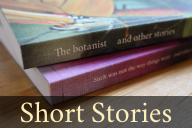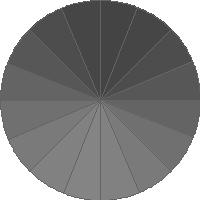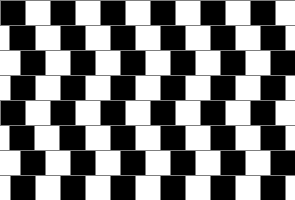In the image below (which I have adapted from an illusion by Kitoaka) there are three greenish “spokes” rotating counterclockwise. (You can download a script to generate this type of images here.)

Or are there? Actually, the greenish and blueish areas are the same “aqua” colour. The only difference is that in the greenish areas, aqua is interspersed with orange, whereas in the blueish areas, aqua is interspersed with pink. This becomes clear if you look at the image below, in which all pink has been replaced with orange. By the way, the illusion works equally well in a static image. I just added the rotation to make it look extra cool.

Initially I thought the illusion had to do with colour opponency. There are visual neurons which respond to yellow and are inhibited by blue, and vice versa. Because pink is essentially orange with some added blue, you might think that if aqua is interspersed with pink, it becomes more “yellowish” and, conversely, if aqua is interspersed with orange it becomes more “blueish.” However, on closer inspection the illusion works the other way around: Aqua actually looks more blueish next to pink, than next to orange!
Monnier and Shevell describe an illusion which is similar to the one presented here and offer a tentative explanation. Essentially they say that the colours appear to “spill over.” That is, if aqua is next to pink it simply “borrows” some of the blue that is present in the pink. However, this …







